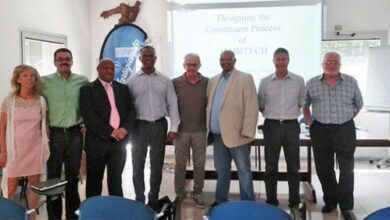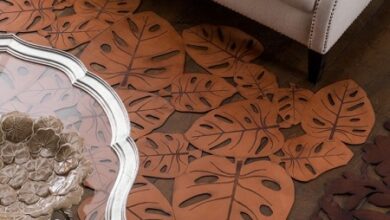Jan 13 2025
/
11 – Glove Paths and stories of gloves in Naples
MANUSCRIPTS AND LEATHER PROCESSING
Naples growth in the Aragonese period – from the mid 1500s onwards – is a fascinating phenomenon that reflects a demographic expansion along with a considerable economic and cultural development.
The presence of 141 coirari – artisans specialised in leather tanning – is indicative of a lively and diversified production sector. The increase to 741 units, when considering all related craft activities, highlights the importance of an artisan-based economy that met the needs of a growing population.
In particular, Neapolitan tanning stands out for the variety and quality of the products manufactured. Everyday objects, such as shoes and accessories, furniture items and children’s toys, attest to the craftsmanship and creativity of local artisans.
Furthermore, the use of leather in the typographic sector suggests an innovative concept of communication and culture. This expansion not only made Naples an important centre for trade and industry, but also helped to create a vibrant urban culture in which arts and crafts were intertwined, resulting in a period of great excitement and developments.
The coirari were in charge of submitting the different kinds of tanned hides – called ‘crust leather’, because of its unprocessed nature – to several finishing processes, to improve leather’s handling, its mechanical characteristics and its external appearance. The leather’s features were decided based on the needs of the leather craftsmen the end product was destined to (e.g., shoemakers, saddlers, coachbuilders, glovemakers, box makers, bookbinders, etc.). Over time, trade workers organised themselves into guilds. A guild included professions related to one another in terms of source material used or manufacturing process carried out. For example, papermakers used sheep skin treated in different ways to produce parchment or leather writing surfaces, while furriers tanned skins to use other materials (fur or wool).
The covers of Medieval manuscripts (Pamphlets, Newspapers, Major Books, Property Books) and the other material elements to create them were made by craftsmen known as ‘paper markers’ or ‘stationers’.
Concerning the entire bookbinding technique, from book preparation to cover application, the latter was especially valued and regarded in an artistic manner over the centuries.
The earliest bindings are dated between the 4th and 5th century, when books gradually surrendered their roll form to take on the current appearance.
Closed book with leather cover
The cover of this manuscript, consisting of two leather plates and a leather spine, was most likely made of a vegetable-tanned sheepskin leather. The decoration recalls the embossing technique with two iron types, one with a triple braiding and the other with a plant scroll shoot.
Related Posts

XXXIII Congresso IULTCS 2015
ABQTIC is the association currently in charge of the organisation of the XXXIII IULTCS CONGRESS…

World Leather Congress 2015
MILAN, The Capital Of Leather "Trends and Future Challenges" is the subject of the 2nd…

Delegazione del Sudafrica visita il Distretto della Pelle
Nei giorni scorsi il distretto della pelle della nostra provincia ha ricevuto la visita di…

Ricerca
Le attività di Ricerca della SSIP sono rivolte essenzialmente alla Chimica e Tecnologia Conciaria, nonché…

